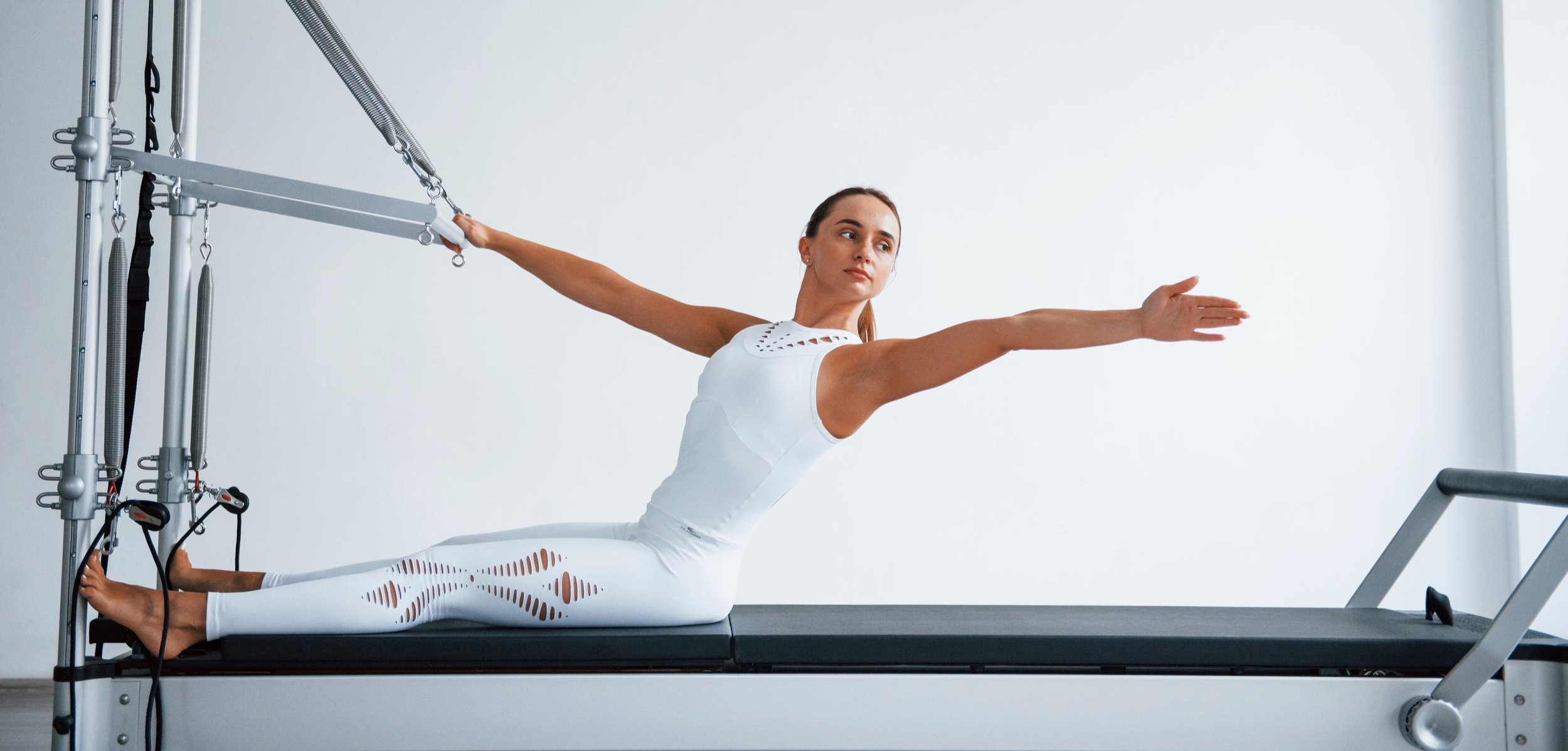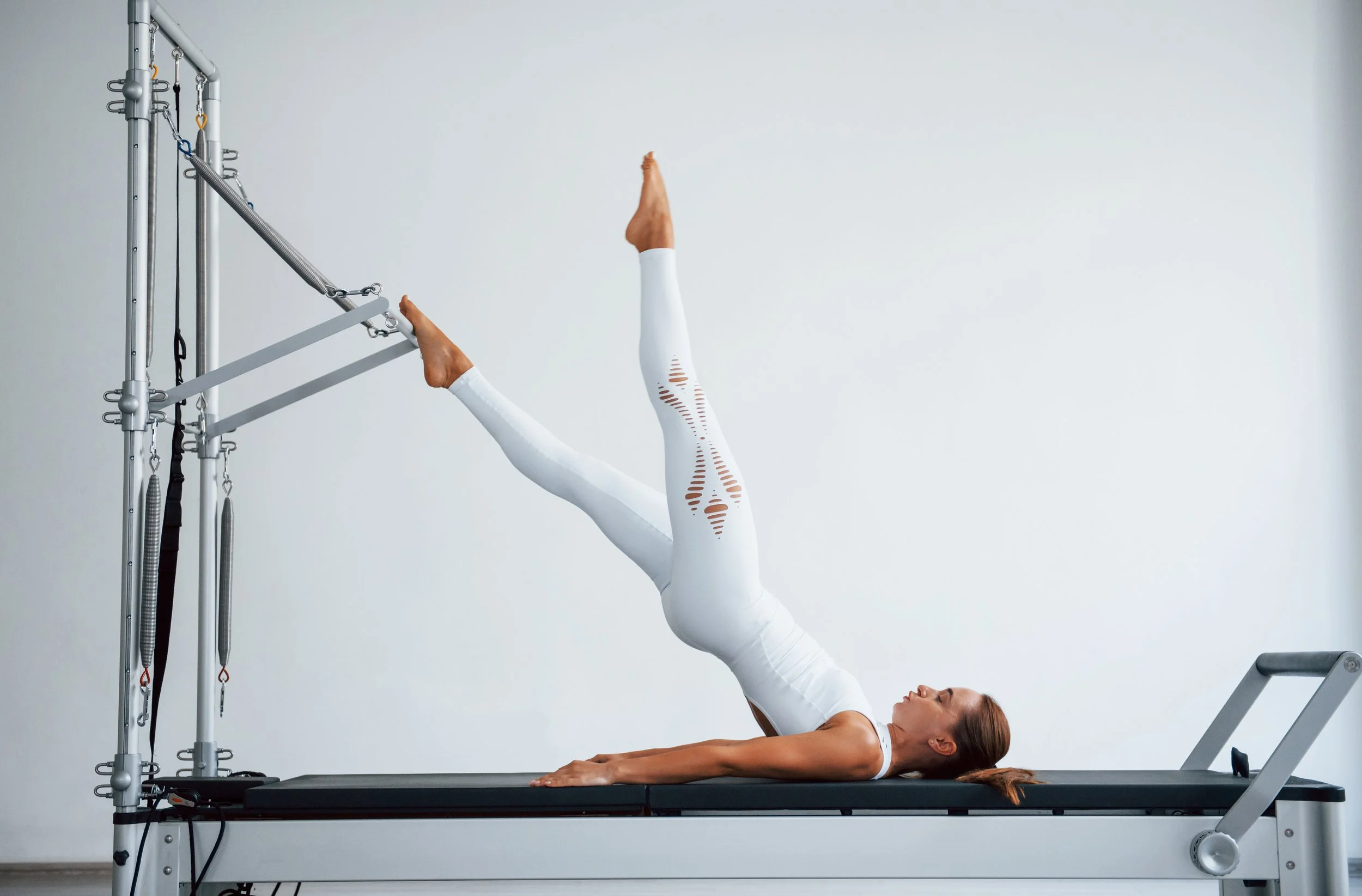
TOWER
A Pilates tower is a piece of exercise equipment used in Pilates; a physical fitness system developed in the early 20th century by Joseph Pilates. The tower is designed to provide resistance and support for a variety of Pilates exercises to help improve strength, flexibility, and overall body awareness.
The Pilates tower typically consists of a vertical frame with various attachments and springs. These attachments may include:
Push-through Bar: A horizontal bar that can be pushed or pulled against spring resistance to engage the upper body muscles.
Roll-Down Bar: A bar that allows for controlled rolling movements, targeting the spine and core muscles.
Leg and Arm Springs: Adjustable springs attached to straps or handles, providing resistance for exercises that focus on the legs or arms.
Mat Platform: A padded platform at the base of the tower where various exercises can be performed on the mat.
Foot Straps: Straps attached to the tower to secure the feet during exercises, particularly those targeting the lower body.
The Pilates tower is versatile and can be used for both mat-based and equipment-based Pilates exercises. It offers a wide range of resistance levels, making it suitable for individuals of different fitness levels. The tower provides support for proper body alignment and helps users maintain control and precision during exercises.
Pilates, in general, emphasizes core strength, flexibility, and body awareness. The Pilates tower is just one of many pieces of equipment used in Pilates studios, alongside other equipment like the reformer, cadillac, and chair. These tools provide a variety of exercises to target different muscle groups and enhance the overall Pilates experience.

